Tell me a bit about yourself – what’s your background and what do you do when you’re not making AI art?
Ganbrood: Although I have been involved in many different disciplines of visual storytelling, I have never before called myself an ‘artist’ until I started minting my work on the tezos blockchain. I worked in computer graphics in the early nineties and until recently as a documentary photographer. In between, I was a video game art-director and made models for museums and special effects for movies. Since I have discovered AI art, about three and a halve years ago, I have little time for anything else but creating synthetic images with the help of GAN’s and diffusion algorithms.
What are you working on and what do you get excited about?
Ganbrood: At the moment, I am studying the possibilities of Stable Diffusion and finding ways to make sure the end results are expressing a personal style and direction. It is very easy to produce amazing results in AI, but producing a recognizable signature and making the software make what you intended can be extremely difficult.
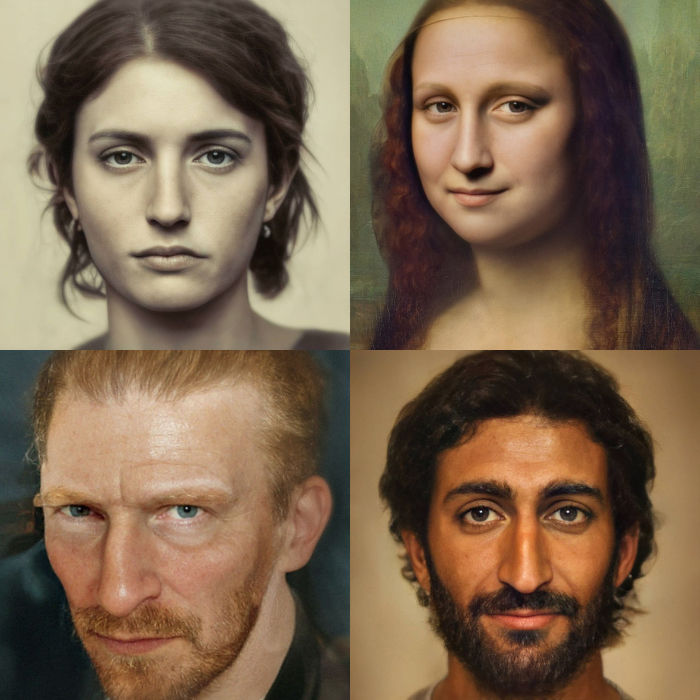
↑ Ganbreeder portraits (2020).
How did you first get started using AI in your work and what was your ‘aha’ moment?
Ganbrood: After playing around with Artbreeder for a few months, I was very impressed with the output possibilities of BigGAN, I sensed there was a lot of potential in this technique but it wasn’t until I made a credible reconstruction of the face Billy the Kid of the only known existing portrait of him. The ability to fill in the blanks, comparable to human imagination is a very strong feature that I used in converting painted portraits of Vincent van Gogh, the Statue of Liberty and Jesus, to plausible ‘photographs’.
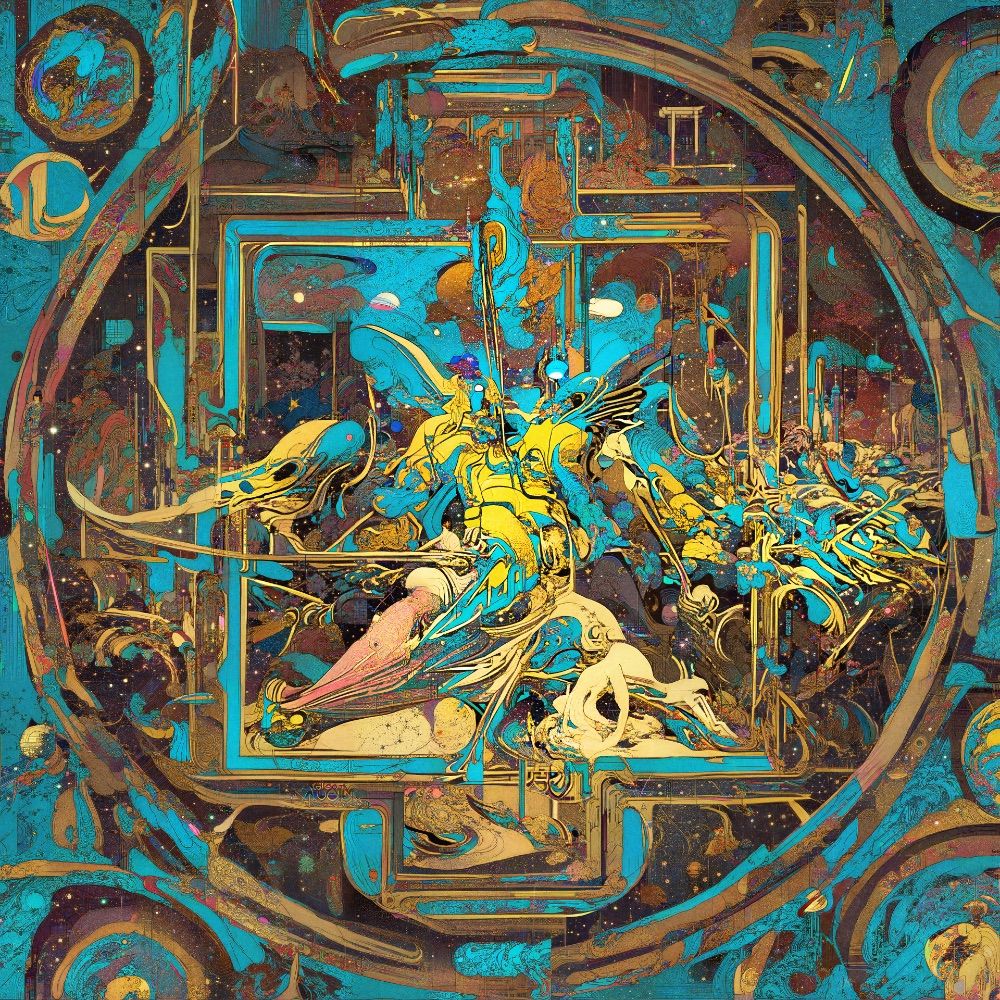
↑ Opportunity in the Midst of Chaos (2022).
Your work has a distinct style – it’s really varied, but it’s always clear when a piece is yours. How would you describe your style and when did you first see it develop?
Ganbrood: I take that as a compliment. The combination of expressing myself as an artist in a wide variation of outputs and still be recognizable is one of my main objectives. It is difficult to explain what it is exactly that makes a Ganbrood a Ganbrood, but if the works speaks for itself, I guess I don’t have to.
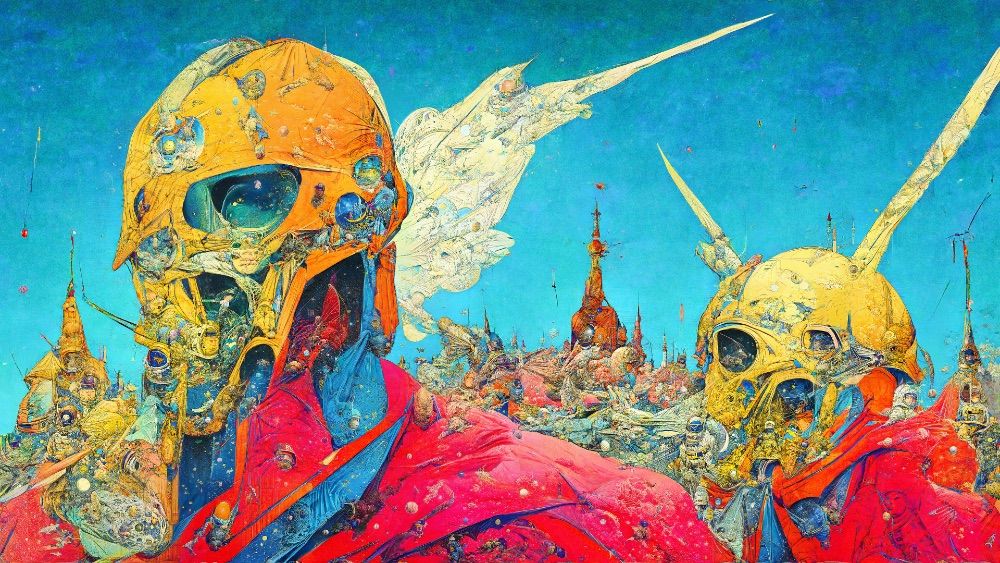
↑ Invasores Espaciales (2022).
I’m curious as to how your experience as a photographer influences your AI work. Where would you say that’s happened and what are the similarities or differences between AI and photography?
Ganbrood: Anyone can pick up an expensive camera and start shooting, but that does not immediately make them a photographer. Like Photography, AI-art is heavily dependent of a technical process that is usually out of your hands. That makes it both easy and hard as a creative tool. Easy because you can skip years of studying anatomy or the way brushes and paint behave. Hard because how do you force the outputs to do exactly what you want? And how do you distinguish yourself from every other person using the same tools?
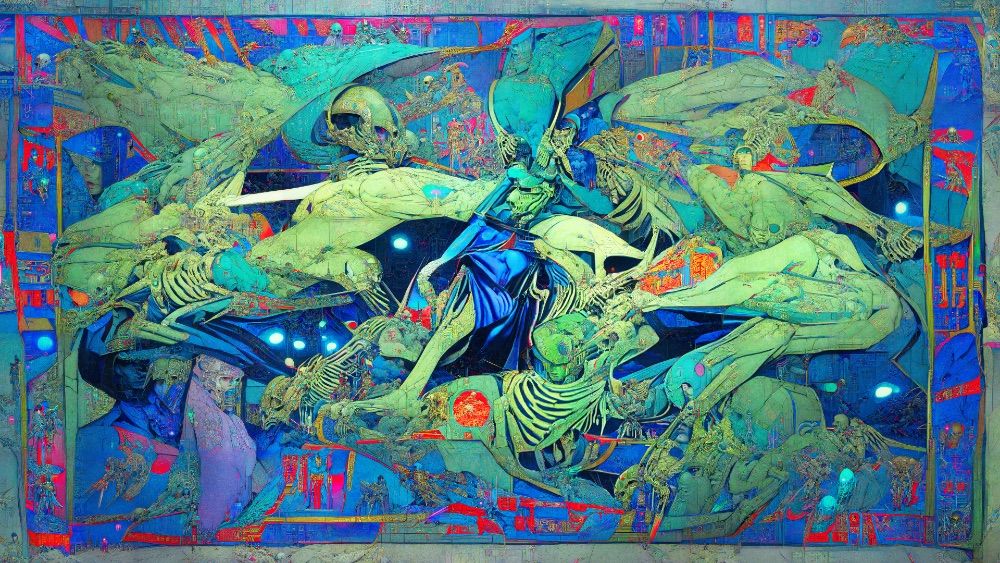
↑ Galaxybuster - a tribute to RAMM:ΣLL:ZΣΣ (2022).
One of the fun things about AI is its unexpectedness. Which piece are happiest with – and which surprised you the most?
Ganbrood: I always had artistic ambitions, but any attempt to finish an idea ended in frustration. In photography I found the element of serendipity would help me overcome a lot of my creative paralysis. With AI, this ingredient is even stronger. I see the algorithm as a collaboration with a system that stimulates my creativity in a marvelous way.
What was the first ever piece you created?
Ganbrood: The Billy the Kid reconstruction might be the first actual ‘piece’. When that was finished, I really felt I had created something. Until that work, I had been mainly just fooled around.
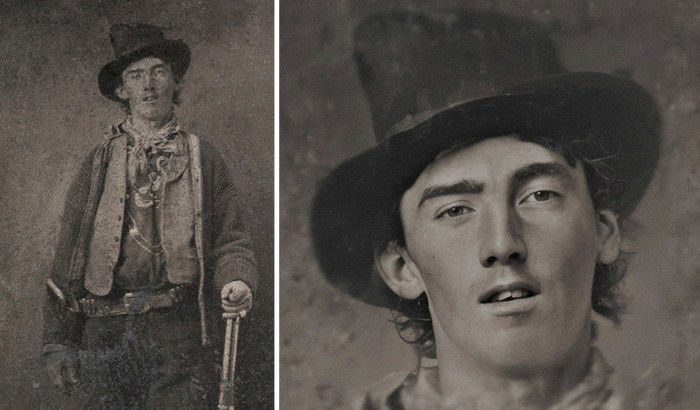
↑ Billy the Kid (2020).
I’m fascinated by the processes and tools people use to create their work. I’d love it if you could talk me through the creation of a piece, from beginning to end.
Ganbrood: There are a couple of reasons why I don’t talk much about my exact workflow. Firstly, because I don’t have one. I am always looking for new and different ways to get results and any ‘system’ of creation tends to kill my creativity and joy. Next to that, I feel a lot of people would like to know exactly what I do so they can repeat the process. Apart from the fact that I like to keep some cards up my sleeve, I think that the only way to learn how to use AI to express yourself, is to find your own path by learning to be creative with the tools in your personal way.
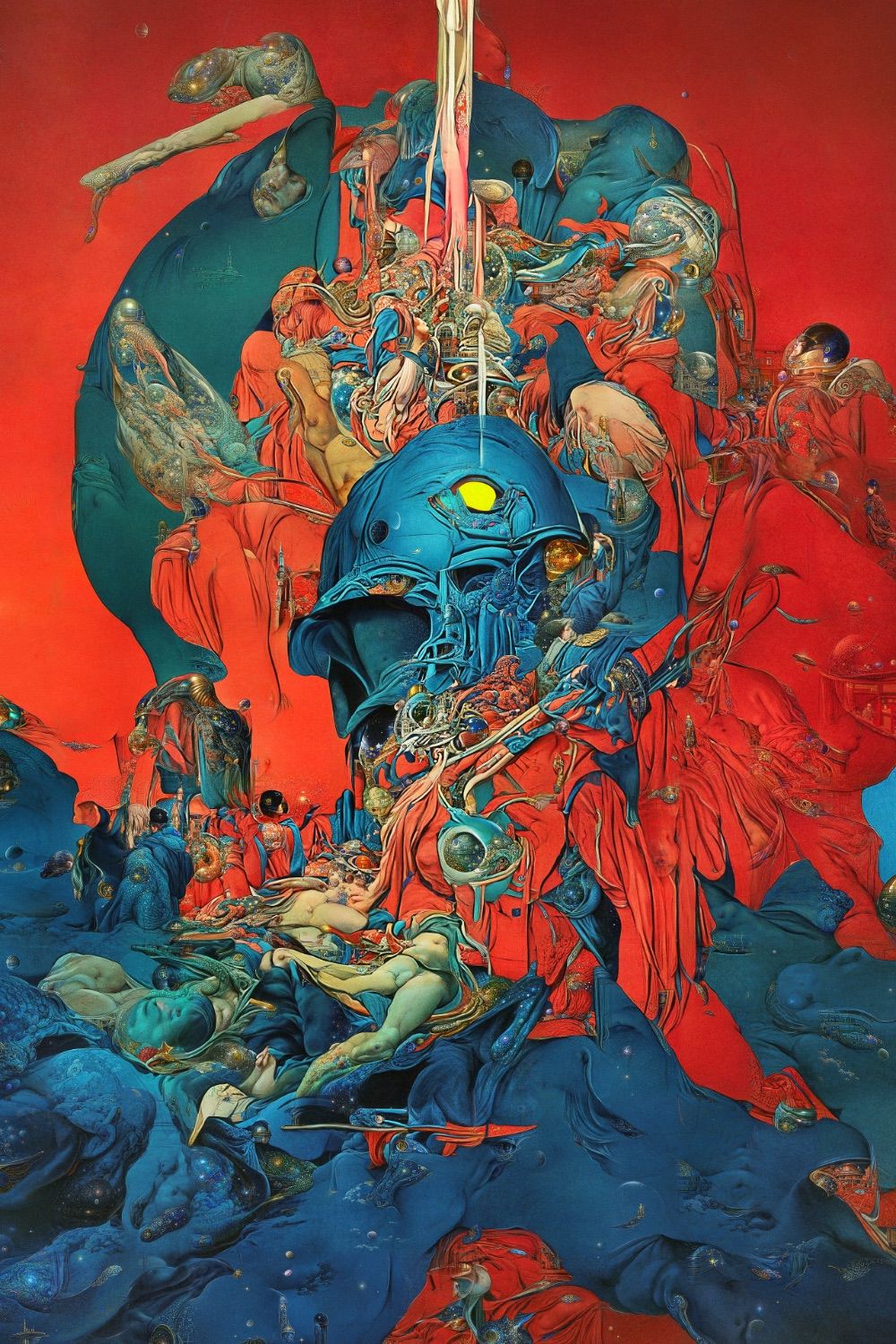
↑ Chivalry in Retrograde (2022).
What are your preferred tools and workflows? This could be apps, notebooks, models, hardware etc.
Ganbrood: I usually work with various notebooks with which I use a combination of init images and prompting to get a result that I sometimes feed to a second algorithm. Finally, I almost never use the raw outputs, but try to use what I have learned as a photographer by post-producing the images in color, contrast etc.
AI models have improved at a breathtaking pace over the last year. Where do you think we’ll be in another 12 months?
Ganbrood: I can hardly keep up with what new tech is released every week, it seems ridiculous to speculate where this will be in a year, but I am sure next to even more realism, higher resolution and deeper trained models, there will be huge advancements in motion and 3D, and eventually VR and AR applications. Personally I have been mostly focusing on the visual arts, but I would love so see more captivating AI storytelling, music and maybe even AI designed perfumes and foods.
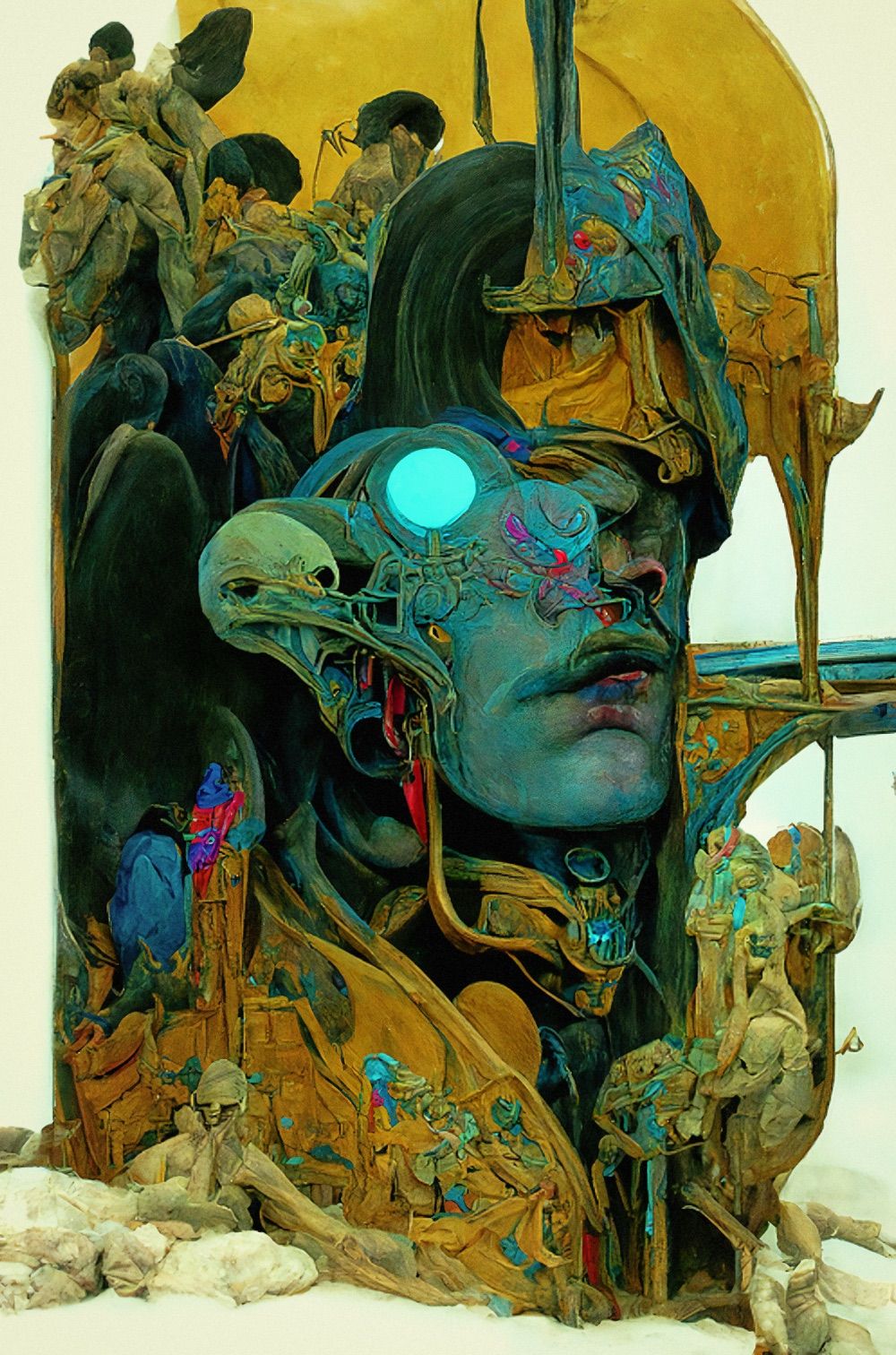
↑ Conquistador (2022).
What effect do you think these models will have on traditional photography painting as they become more mainstream?
Ganbrood: Like the invention of photography had an enormous effect on traditional painting at the start of the 20th century, probably even leading to rise of abstractism, I am sure AI will, in a similar way, stimulate and provoke more traditional arts into new and unknown territories. Cross pollination with other disciplines is already happening and we are just at the beginning of what I think will be the most defining movement in art of this century.
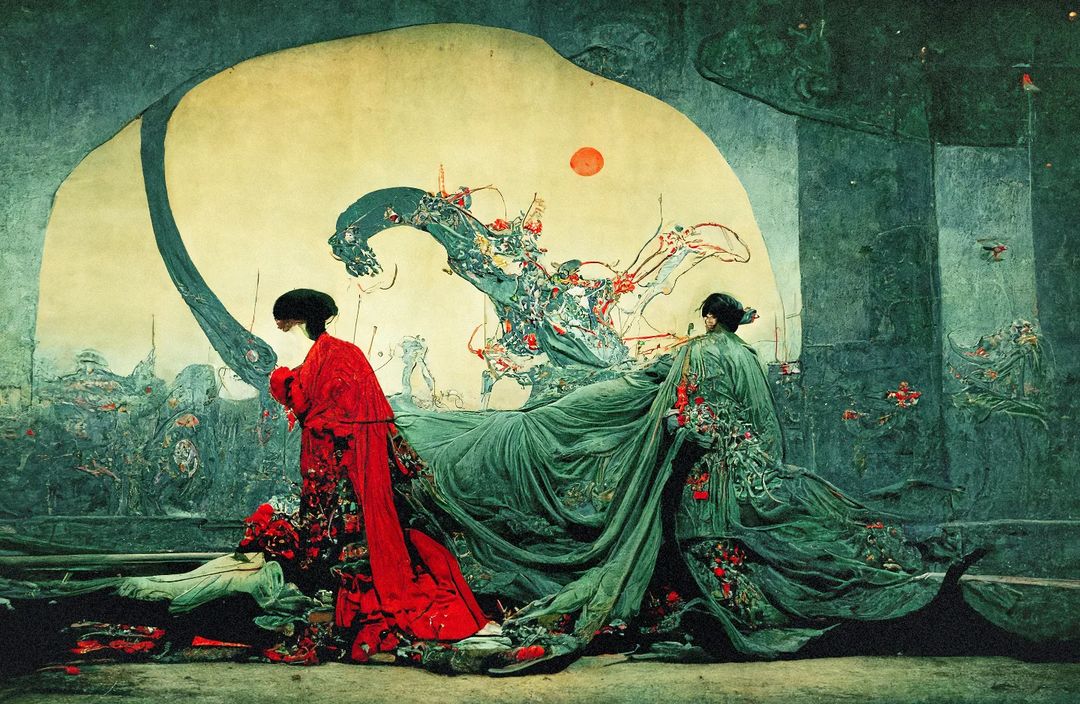
↑ Sweet Heaven, Keep me in Temper (2022).
What’s next for you and what are you hoping for?
Ganbrood: As an artist, I sometimes feel like a futuristic test-tube baby with accelerated growth. All I ever have done and accumulated is manifesting itself through my work and a year ago I could never have foreseen what I would produce and how I would develop in a short time. Like with that other question about the future, I, too am moving too fast to really see what is coming.
The only thing I know is enjoy every aspect of being an artist and I feel I am on the right track. A recent collaboration with an international gallery and the fact that ETH just turned ‘green’ are on my mind at the moment and I expect a very exciting end of 2022!
Please do explore Ganbrood's website, NFT collections and follow on Twitter.
Thanks for reading! If you have any questions, comments or suggestions, I’d love to hear from you. Give me a shout on Twitter, or send an email.
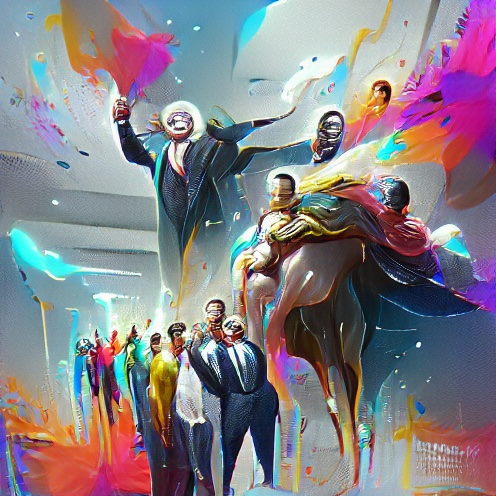 Unlimited Dream Co.
Unlimited Dream Co.